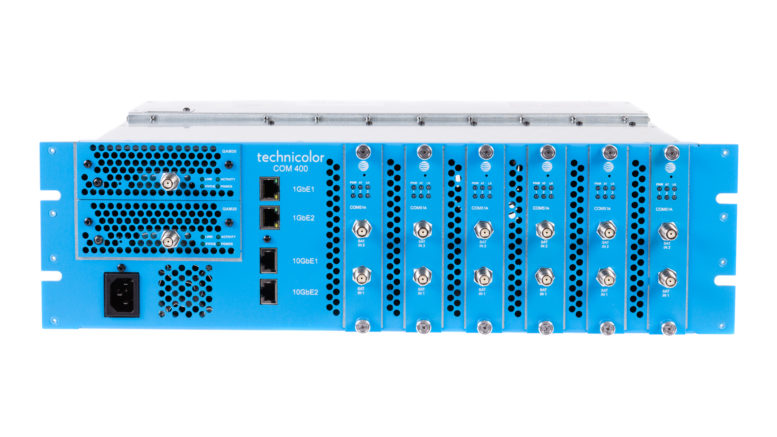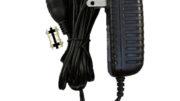It’s been a long couple of years, but it’s beginning to look like sunny days ahead for a lot of businesses. People are traveling, buying nonessential goods, and supply chain problems are slowly easing. It’s left a lot of business owners thinking about long-postponed upgrades.
For hotel, bar, and institutional customers, that may mean you’re thinking about upgrading your headend system. Headends have really changed and improved in the last few years, and it’s time to think about the things you can offer your customers that you never could before. It also means you can consider expanding your TV coverage in new ways.
Let’s get some definitions out of the way
Chances are you found this article because you already have some knowledge of headend systems. But, let’s take a second and explain some of the basics of headend systems to people who just stumbled upon it.
A headend is a system where all the reception equipment is in one location. Unlike home systems where there are receiver boxes at every television, a headend concentrates all that stuff in one place. Modulators are used to create a system where simple wiring can go from room to room and televisions with compatible tuners can choose channels directly.
The biggest disadvantage of this system is that the number of channels is limited. However, this is also a benefit to the business owner since you’re often only paying for the channels you watch.
Coaxial vs. IP distribution
Traditionally, headends use coaxial cable to send signals from point to point. However, you can also use network wiring for the same purpose. Network wiring is less expensive over long runs. It doesn’t require amplifiers in most cases. However, you do need a TV that supports IP distribution, or a converter box at every TV.
Which one should you choose?
In most cases, my opinion’s pretty clear. If you are upgrading an existing headend that’s already using coax cable, stay with it. Pulling all that cable out of the walls is a pain. It’s an investment you’ve already made and you’re just adding to it. It’s a tried-and-true wiring method that “just works” in most cases.
However, if you’re looking at a new build, you’ll find that category cabling (network cabling) is easier to run and a lot cheaper. If you haven’t bought the TVs yet, you’ll find that they’re comparable in price to other quality TVs. Generally you are bringing that kind of wiring into a room anyway, so this could be a big savings.
There isn’t necessarily a big cost difference between IP headends and traditional coax headends. The least expensive headends are coax-based, but once you get into a system that supports things like HD, 4K, and overlay services like Netflix, it’s all about the same.
Don’t make the decision without talking to an expert
Here’s the good news: You have a friend in the business. The experts at Signal Connect have put in thousands of headend systems and they can help you figure out what’s right for you. Call us at 888-233-7563 during East Coast business hours and you’ll get the white glove service you deserve. We’re here for you, and we want to make sure you get what you need. Of course, our consulting service is free in most cases!
Whether you choose an IP headend or a traditional coax one, we’re here to take care of you. Call Signal Connect now, or fill out the form below and we’ll get back to you, usually in one business day.





